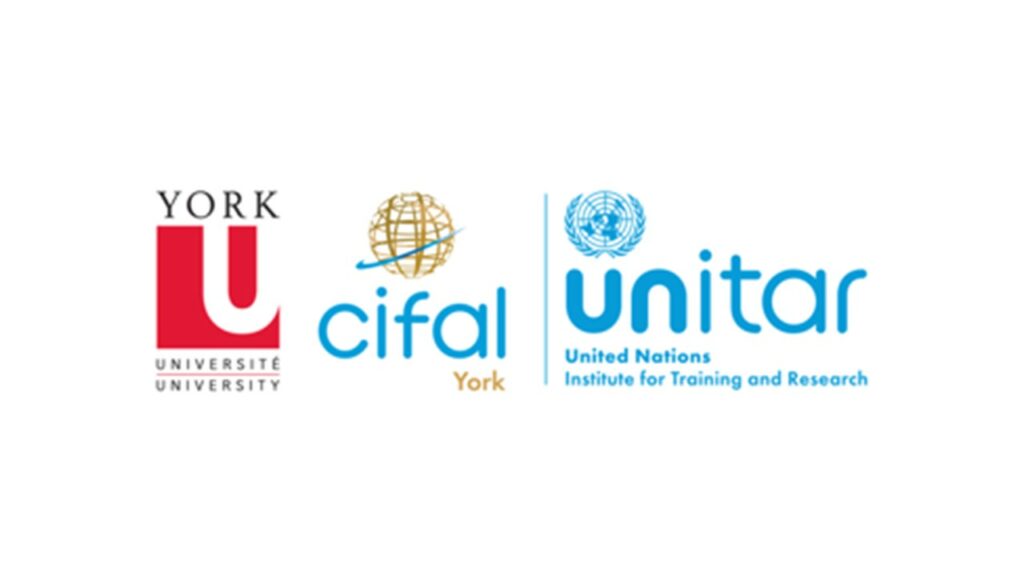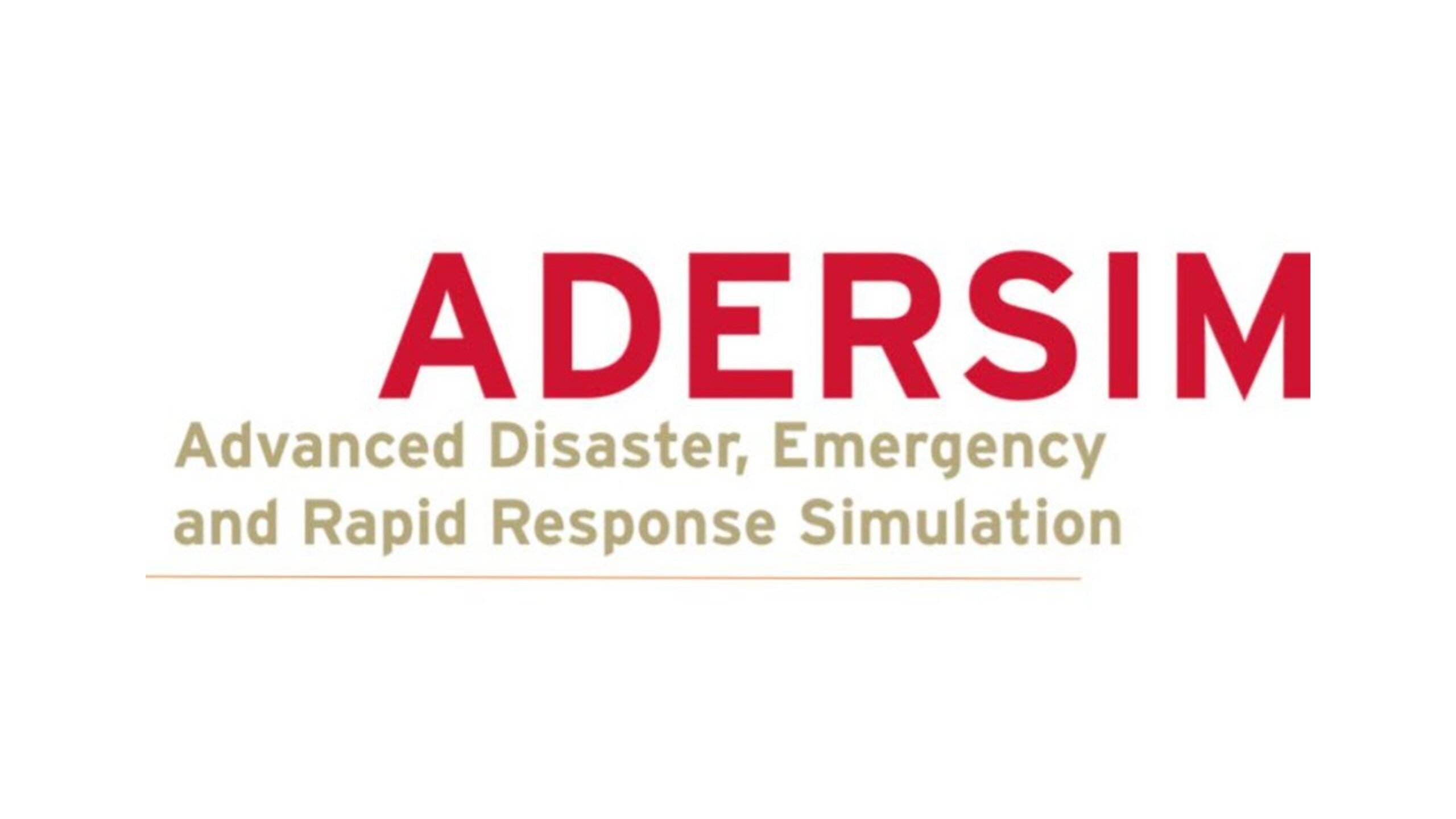Date: May 27 & 28, 2025
Time: 09:00AM - 04:00PM EDT
Location: ADERSIM Lab, N004, Schulich Building, York University
Registration Deadline: May 23, 2025


.
Course Description
The PREPP curriculum provides relevant information and training to individuals and trainees with careers in public safety. It is designed around the occupational culture of and service roles within Disaster and Emergency Management.
The course is interactive, highlighting theoretical, practical, and experimental learning in Trauma Resilience. The training is distinct from existing mental health programs; the material reflects the lived-experience of public safety personnel and their day-to-day responsibilities, offering evidence-based strategies for increasing baseline resilience.
In summary, participants will develop a clear understanding of the biopsychosocial dimensions of disasters and how they affect them, their peers and communities with a focus on:
- The individuals’ pre-disaster baseline for resilience
- Training preparedness
- The social capital of the community pre- and post-disaster.
A microcredit certificate will be issued to all participants from CIFAL York upon completion of the course.
Course Instructor

Dr. Suzanne Brown
Dr. Suzanne Brown is a clinical therapist, educator, researcher, and program developer with a master’s degree in Disaster Emergency Management and a PhD in psychology.
As a clinical therapist, Suzanne worked extensively with emergency responders -police, firefighters, EMS - as well as with professional athletes, corporate executives, physicians, and post-secondary students. She developed curriculum and was a course director for the Disaster and Emergency Management Program at York University while a researcher in disaster psychology.
Recently, Suzanne participated in several research projects with the provincial government and other stakeholders, helping to identify and describe the links between uncertainty determinants and negative mental health outcomes within vulnerable population groups.
Course Modules
Mitigating Personal and Operational Stress: Emergency Personnel
Public safety personnel shoulder the intense stressors inherent in their jobs. One vital aspect of training often lacking for trauma-exposed professionals is “recognizing, managing, and addressing the common and predictable effects of exposure to traumatic events." (Warrior Health). The high-stakes nature of these roles, repeated exposure to traumatic events, and the physical demands of emergency response can lead to burnout: a debilitating state of physical, emotional, and mental exhaustion. Addressing burnout is crucial for maintaining the health of public safety personnel and the integrity of public safety services. (“Burnout in First Responders: Strategies for Wellness & Resilience”).
In this component, we explore the nature of job stress and acute stress leading to burn-out and/or trauma, with strategies for prevention and management.
Mitigating Personal and Operational Stress:
Emergency Personnel (Part A) - 3 Hours
Researchers agree that unpredictable situations and unfamiliarity can present coping challenges along with new sources and types of stress. The situational outcome depends on how much time and warning are given, and the amount of preparedness and/or training one receives.
Participants will pursue an understanding of the psychosocial risk or vulnerability factors that impact the mental health of the individual and community throughout each phase of a disaster.
Learning Objectives:
- Participants will be introduced to the Six Psychosocial Phases of Disasters, from the pre-impact phase (preparedness) to reconstruction (recovery). Each session explores the psychosocial risk or vulnerability factors that impact individuals and communities following a disaster.
- Participants will examine the dynamic interplay between risk, perceived risk, hazards, and trauma outcomes for individuals and communities.
Awareness of the phases ensures public safety personnel respond with service planning that is welcoming to citizens in need within the community.
Topics:
- Risk perception: nature of uncertainty
- Public’s response to threat information
- Introduction to SIT: Hyper stress and public safety personnel
- Factors that affect an individual’s response to disaster
- Myths about panic
- The Disaster Syndrome
- High altruism and first responders
- Survivors sense of optimism
- Post-impact disorientation in first responders
- Activity levels high; productivity low
- Massive relief efforts and the social connection
- Short- lived, false sense of optimism
- Disaster mental health concepts – how it differs from traditional programs
- Collective vulnerability and The Second Disaster
- International Disasters: Complex and Significant Challenges (Vulnerabilities) Faced by Global Emergency Management
- Social recovery concepts
- Vulnerable individuals and group
- Social capital and resilience
- Adjusting to the new normal: grief reaction
Mitigating Personal and Operational Stress:
Emergency Personnel (Part B) - 3 Hours
The urgent nature of public safety work, the exposure to traumatic events, and the extensive physical demands of these roles can lead to burnout among public safety personnel. Addressing burnout is crucial, not only for the well-being of public safety personnel but also for maintaining the quality of public safety services.
In this module participants will gain an understanding of the stress paths that lead to burnout and develop effective strategies for reducing vulnerability to stress and the impact of adversity.
Learning Objectives:
- To understand the nature of stress, acute stress, burnout, and trauma
- To develop evidence-based harm-reduction strategies that treat personal and operational stress
Topics:
- The individual’s baseline and threshold for stress and resilience
- Overview of stress paths, off- and on- duty
- Burnout: signs, symptoms and types
- Strategies for reducing stress and the impact of adversity.
Introduction to Stress Inoculation Training (SIT)
SIT is rooted in psychological principles. It prepares emergency personnel for a critical incident or disaster and is a vital tool for developing mental fortitude and successful performance. SIT teaches personnel to cope in high-stress environments by training them to act not think during emergency response, which is crucial to their personal mental fitness. This section examines the importance of disaster simulation/tabletop exercises, and the eight factors that can negatively impact effective decision making when there is:
- Poor preparation or briefing
- Lack of adequate training or rehearsal
- Uncertainty regarding the task or role
Stress Inoculation Training - 2 Hours
This introduction to SIT highlights not just the how but the urgent question of why mitigating the effects of hyper stress is so important.
Learning Objective:
- Participants will be introduced to the eight factors of Stress Inoculation Training (SIT). They will have opportunities to share professional experiences with decision-making in crisis situations with little notice and/or time for deliberation.
- Participants will study the factors that hinder effective decision-making during hyper stress situations.
Topics:
- Cognitive Capacity Sufficiency (CCS)
- Simple Reaction Time (SRT)
- Concentration
- Intense Negative Emotions (INE) – 3 factors
- Cognitive Capacity Sufficiency (CCS)
- Simple Reaction Time (SRT)
- Concentration
- Intense Negative Emotions (INE) – 3 factors
- Participants will learn strategies for prevention and management for working
under hyper stress during a critical incident or a disaster. We will discuss and
explore the importance of:- The science behind taking breaks
- Simulated rehearsals/drills and table- top exercises
Introduction to Trauma Informed Awareness
There is a growing need for organization managers and leaders to recognize mental health incidents and trauma and learn to respond appropriately through targeted training. Studies suggest that training focused on mental health awareness and skills development can be more effective at building resilience than other forms of pre-incident training.
Trauma Informed Awareness: Skill Based Training for Managers and Peers - 4 Hours
Participants will learn to recognize mental health problems and trauma in the workplace and receive training on how to respond appropriately to their employees and/or peers. Topics are as follows:
Learning Objectives:
- Participants will learn to recognize mental health problems and trauma in the workplace and receive training on how to respond appropriately to their employees and/or peers.
Topics:
- Traumatization: the ongoing risk; recognizing the common and predictable effects of exposure to traumatic events
- How trauma is defined clinically
- The developmental processes that influence risk and resiliency: A biopsychosocial perspective
- Trauma management: simple, effective tools to help regulate trauma symptoms
Registration
Registration and Payment Deadline:
Minimum enrollment to run the course:
Maximum enrollment:
Registration Fee (covering course materials and operations)
Full-time students: CAN $100
Others: CAN$500
To register and pay the fee please visit this registration link
Course Coordinator
Mr. Francesco del Carpio, CIFAL York
